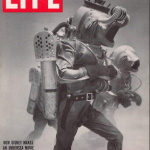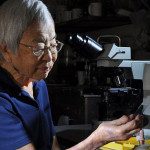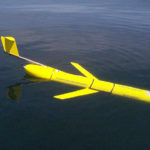It is somewhat common knowledge now that extraterrestrial creatures have visited us multiple times stoled cows, built the pyramids, and spoke with Nikola Tesla . But did you know that aliens have left antenna on the deep-sea floor to monitor our actives?
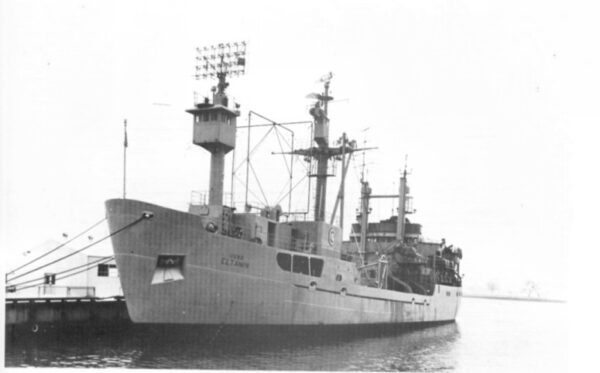
In 1964, the Antarctic oceanographic research ship USNS Eltanin made the above photograph of the sea bottom west of Cape Horn. The Poles: the final frontier. These were the voyages of the USNS Eltanin. Its 10-year mission: to explore strange new polar worlds. To seek out new life and survey new sealfoors. To boldly go where no man has gone before! Between July 5, 1962, and December 29, 1972, Eltanin conducted 52 Antarctic research voyages, covering approximately 80% of the Southern Ocean and traversing a cumulative distance of 400,000 miles. During these missions, Eltanin gathered magnetic profiles of the seabed, which played a crucial role in substantiating the theory of continental drift by confirming the phenomenon of sea floor spreading.

But back to the aliens. When the above image was published, due to its regular antenna-like structure and upright position led many to postulate was of extraterrestrial origins…an alien antenna

The initial public reveal of this intriguing image occurred when it grabbed attention in the New Zealand Herald on December 5, 1964, under the headline “Puzzle Picture From Sea Bed.” However, the enigma only deepened as additional layers unfolded. In 1968, Brad Steiger contributed to the intrigue with an article in Saga Magazine, suggesting that the Eltanin had captured something truly baffling—a curious apparatus resembling a fusion of a TV antenna and a telemetry antenna at with the height of 1.6 meters. Note there is no idea of scale in the original image so the height was pure conjecture. Various theories continue to circulate during that period, ranging from suggestions that it was a mere fragment that had accidentally dislodged from a vessel to more speculative notions, including the belief that it might be a clandestine endeavor of the Russians, or even more far-fetched hypotheses involving extraterrestrial involvement.
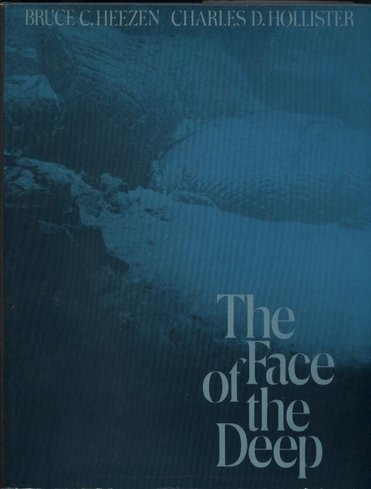
The biologist Dr. Thomas Hopkins, would say of “I wouldn’t like to say the thing is man-made because this brings up the problem of how one would get it there … But it’s fairly symmetrical and the offshoots are all 90 degrees apart”
But apparently all these UFO enthusiasts had missed the 1971 book The Face of the Deep by Bruce C. Heezen and Charles D. Hollister. Hollister who had already identified the mysterious object as Cladorhiza concrescens, a carnivorous sponge. As pointed out by Heezen and Hollister, in 1888, Alexander Agassiz drew the odd creature in Three Cruises of the Blake. From 1877 to 1880, the U.S. Coast and Geodetic Survey dispatched the steamer Blake on three cruises of discovery—two expeditions to Florida, the Gulf of Mexico, and the Caribbean and one off the eastern Atlantic coast as far north as the Gulf of Maine. These cruises were designed to increase knowledge of the depths of the oceans and the animals and plants living on or near the bottom and to pioneer technological advances in oceanography You can access the entire Agassiz’s Three Cruises of the United States Coast and Geodetic Survey steamer “Blake”, in the Gulf of Mexico, in the Caribbean Sea, and along the Atlantic coast of the United States, from 1877 to 1880 online. Agassiz described the strange sponge as having a long stem with ramifying roots deeply embedded in the mud, adorned with nodes bearing four to six club-like appendages, covering extensive portions of the seabed like bushes.
Below is screen grab from remote operated vehicles from the Monterey Bay Aquarium Research Institute from one of my dives of Cladorhiza concrescens on the seafloor. Indeed the Cladorhizid carnivorous sponges often have these very spectacular forms with 90 degree angles and intricate structures. I always refer to C. conscescens as the lollipop tree sponge.
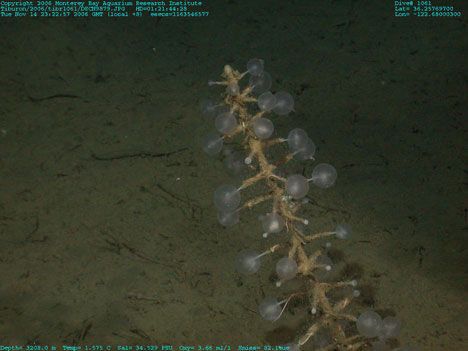
However, this identification by Heezen and Hollister remained large ignored. In 2003, a discussion on email list prompted marine biologist Tom DeMary to reach out to A. F. Amos, an oceanographer who had been aboard the USNS Eltanin in the 1960s. Amos had know of the identification of the antenna as sponge and direct DeMary to the book by Heezen and Hollister. DeMary then shared this more broadly.


